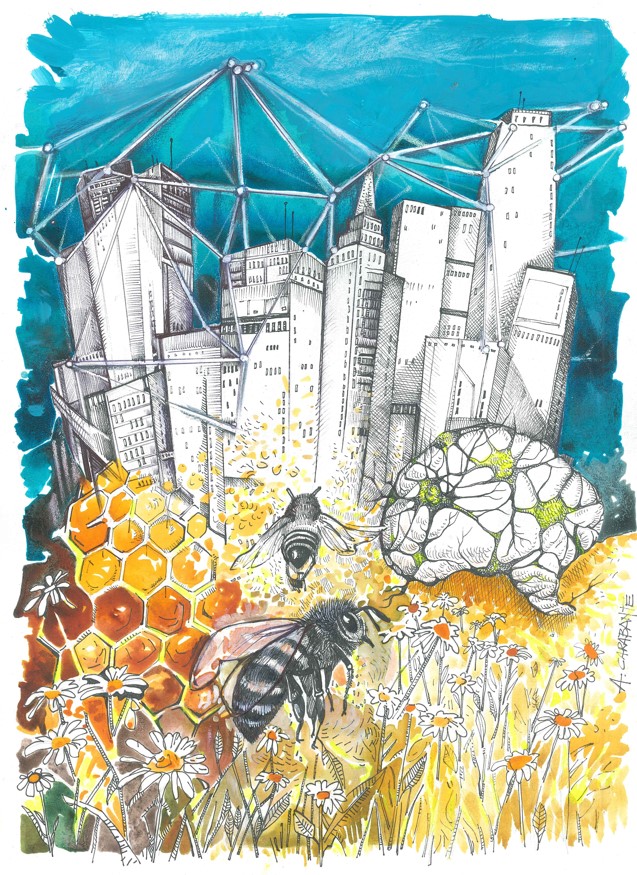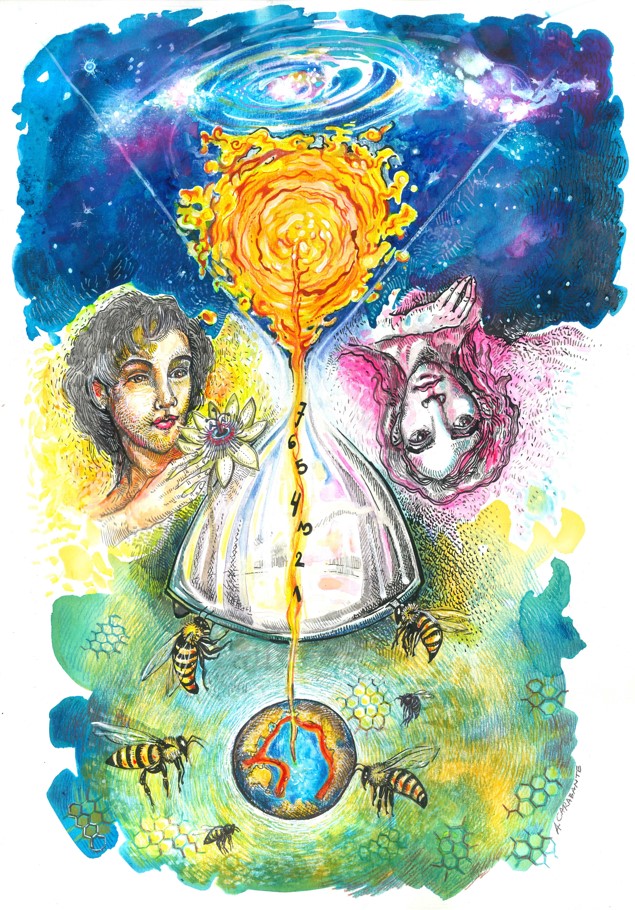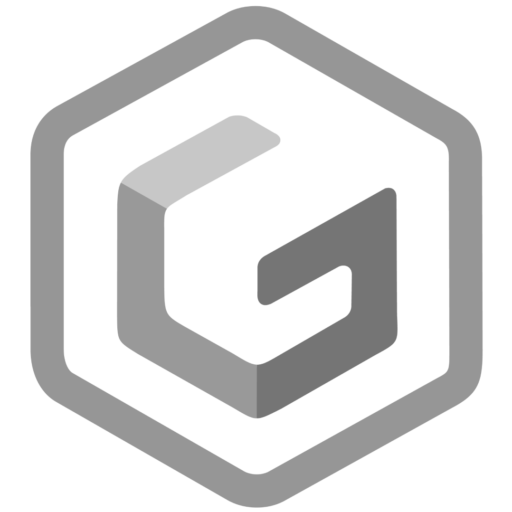Hive Mindset
How does a Planet develop?

What we call Nature…
What laws govern it? The order in chemical compounds, the healing mechanisms of a wound, the instincts of animals…
A common mistake is to think that humans and their cities stand apart from nature when, in reality, we’re part of the same system. Perhaps our heightened awareness gives us the illusion that we can “step outside” or even destroy it.
An inverse perspective
But what if it’s the other way around? Not that nature would destroy us, but rather that we have the choice to align with certain laws—or decompose into elements that voluntarily align with planetary intelligence.
Our physical bodies are made of Earth’s elements, so in a strict sense, ownership is more about stewardship: adding value while inhabiting shared spaces—both our bodies and the planet.
Limited free will
In my book 0 to Personality, I share essential tools to joyfully nurture our personal growth. While there are tough and raw moments we must face, this doesn’t mean we are predestined; rather, we encounter limits and challenges that need to be integrated into our desire to move forward. In these confrontations, instead of overinflating ourselves psychologically (a path that always ends badly), the proposal is to transform ourselves, incorporating improvements drawn from our experiences.
Furthermore, there’s a fascinating paradox: individual growth, at some point, leads to a desire to share it with others. Even the most destructive individual needs someone else to cause harm; we are interconnected, just as we share the air we breathe. For this reason, at some level, we self-limit our will, because love and sharing are part of our nature.
It’s intriguing to consider that the development of human mentality might be connected to the planet’s atmosphere—though that’s a topic we may explore another time.
The Hive Mindset
The bees
Hive Mindset is an analogy to how bees act as a single interconnected organism, following strict rules to function as bees. Interestingly, they don’t conceptualize “bee-ness,” yet guided by nature’s wisdom, they focus on pollinating plants, producing honey, balancing the carbon cycle, and conserving ecosystems, and so on.
Fundamental questions
- What is humanity’s purpose?
- What concepts must we create to align with the natural cycles sustaining our existence?
- How could we function as a community without falling into religious dogma or losing individuality in a shapeless mass?
These are the questions I seek to answer with Hive Mindset.
Mindset vs. Mind
A mindset is a synchronization of functioning with what already exists, whereas a mind has the capacity to create new things from absolute Nothingness. In my book “Personality from 0”, I teach how to manage these two concepts, and it is this learning, applied in sharing with others, that could gradually foster a hive consciousness.
The human being as a creator
A human being, unlike animals, is a CREATOR of concepts, and therefore of many possible realities, operating at a speed that may exceed or lag behind the pace supported by natural cycles. Nature can renew its resources, but excessive exploitation of them will create imbalances.
Excessive disruptions in this synchronization do not disturb the Planet itself but can pose a threat to those who inhabit it. This is because a self-destructive mindset will not be sustained by the planet, leading to a state of recycling (including humans).

From individual to community
We have the option to create realities, but we must respect certain boundaries. Like bees in hives, humans must transition from individual development to CHOSEN group consciousness—not imposed.
The intermediate step is maximizing individuality. This reveals our inevitable interconnectedness. Respect for another’s existence happens when I truly choose their presence—not because I need them to survive, but because I value who they are.
Implications of Hive Mindset
Belonging and humility
Achieving a Hive Mindset, in my view, involves establishing a clear boundary regarding our belonging to the human species and its foundation in the preceding realms: our animality, our vegetative physiology, and our mineral composition.
The open design of what a “Human Being is and can be” is bound by a “special” belonging and a sense of humility toward the Environmental Framework that enables our existence.
Responsibility in thought
The maxim “do not do to others what you would not want done to yourself” is complemented in the Hive Mindset with “think about others in the way you would like them to think about you, and check for differences.”
Being aware that our thoughts generate atmospheres that enable certain emotional states, which in turn incubate specific actions, is essential. Taking responsibility for both our voluntary and automatic thoughts is at the core of what the Hive Mindset is about.
Conclusion
Hive Mindset invites us to rethink our role in the world, not as isolated beings, but as part of a larger organism: the planet. This evolution doesn’t revert to outdated religious paradigms; it moves us toward higher consciousness, recognizing our small yet significant contribution to a vast, intelligent system.
By embracing this mindset, we acknowledge our interconnected nature and take responsibility for our thoughts and actions—not just for our well-being, but for the collective good. In this unity, we discover our true strength and the opportunity to live a more meaningful, harmonious life. Because ultimately, individual development is only the first step toward shared evolution.
